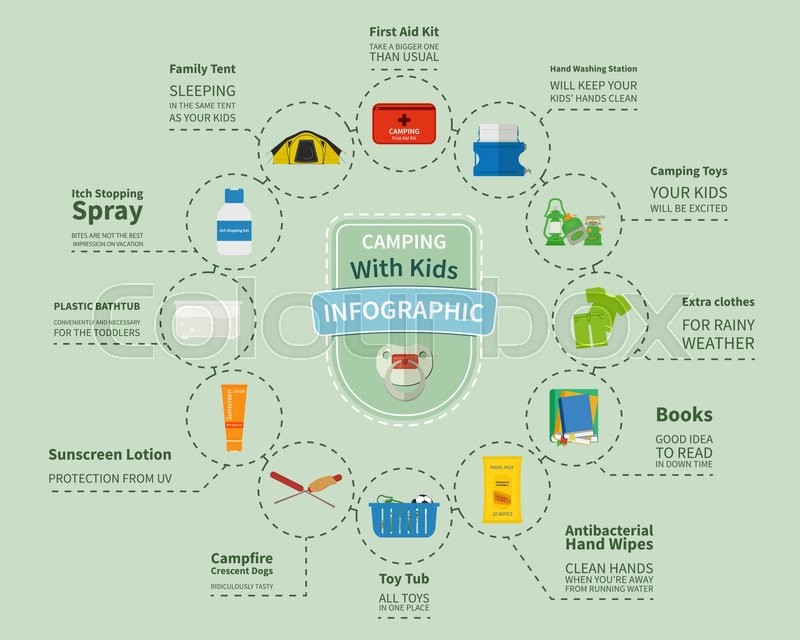Corner angles are necessary components in construction and engineering jobs. They supply toughness, durability, and versatility. They are also easy to install and can stand up to numerous ecological variables.
Home builders utilize many sorts of angles to create solid, steady structures. Several of these angles are for visual appeals, while others are used to boost accessibility and function.
Strength
The toughness of steel angles is crucial for ensuring that structures are safe and can withstand hefty lots. These parts can be made use of for a selection of tasks, from enhancing light beams and columns to developing structures for shelving and fence. They are likewise optimal for producing support structures in industrial settings.
Curved inside edges are a vital part of contemporary engineering and style, as they assist to distribute tension uniformly across the material. This can make a product more powerful and much less most likely to split or fail, particularly in products such as glass, rock, and floor tile.
Spherical corners in rotomolded parts also help to lower stress and anxiety focus, which can result in structural weaknesses and low quality. For this reason, Gregstrom Corporation recommends that developers make use of rounded edges when developing rotomolded components. These attributes will certainly enhance the general quality of the finished item and assistance to make certain that the molded part is strong, sturdy, and durable. This will certainly minimize the need for repairs or substitutes in time.
Resilience
Curved inside edges are a necessary component of modern-day engineering and layout, and they can significantly boost the stability of frameworks made from rock or glass. They additionally help to uniformly disperse tensile and compressive pressures, which decrease the chance of cracking or breakage.
These angles are vital to our day-to-day lives, making it much easier for us to move around in our environments. As an example, wheelchair ramps, stairs, and entrances are made with precise angles to guarantee security and access. Additionally, the ideal angle is made use of in bridges and buildings to ensure architectural honesty.
In geometry, an angle is the factor where two rays meet. It is also referred to as a vertex. The four corners of a square have an interior angle of 90 levels. However, the term is typically made use of to explain any kind of sort of corner. For example, in image structures, the leading and lower rails call for 45 level mitre cuts. This is since the board widths are different.
Flexibility
While the ideal angle is one of the most common kind of angle, various other types can create one-of-a-kind, useful, and aesthetically attractive frameworks. Whether you're creating a contemporary coffee table or an industrial-style home, utilizing different angles will help you achieve the desired aesthetic.
You can utilize light weight aluminum angle to make custom-made brackets for protecting and enhancing your jobs. These brackets are lightweight and strong, so they can withstand heavy loads and anxieties. They additionally can be found in a range of sizes and sustainable bag shapes, making them a versatile choice for a vast array of tasks.
Lots of contemporary structures make use of curved inside edges to raise architectural stability and toughness. These curved corners disperse stress and anxiety throughout the framework to avoid weak spots and cracks. This is an important consideration for builders and specialists, particularly when dealing with hefty products like stone or tile. Creating a bent edge can likewise enhance the lifespan of the product and minimize upkeep costs. It is very important to pick the right angles for your project, and to guarantee that they are appropriately set up to stay clear of any kind of possible issues.
Price
Rounded inside corners are an essential element of modern architecture and engineering, as they play a critical function in boosting structure stability and durability. They likewise help in reducing stress circulation and decrease damage. In addition, they can boost the visual charm of a structure.
Words "corner" usually, yet not always, describes a 90 level angle. In geometry, nonetheless, the term "angle" is actually a factor where two lines or sides meet (or converge). These points are called vertex, and they can be straight or curved.
Making use of a curved mitre in a photo frame, as an example, requires cautious calculation. The mitre angle is based upon the size ratio of the board at each corner. If the boards are of equivalent width, then they will certainly each require a 45 degree mitre. If the boards are wider, after that they will each call for a various angle. This situation is common in personalized frames, where the leading and bottom rails are frequently wider than the side rails.
